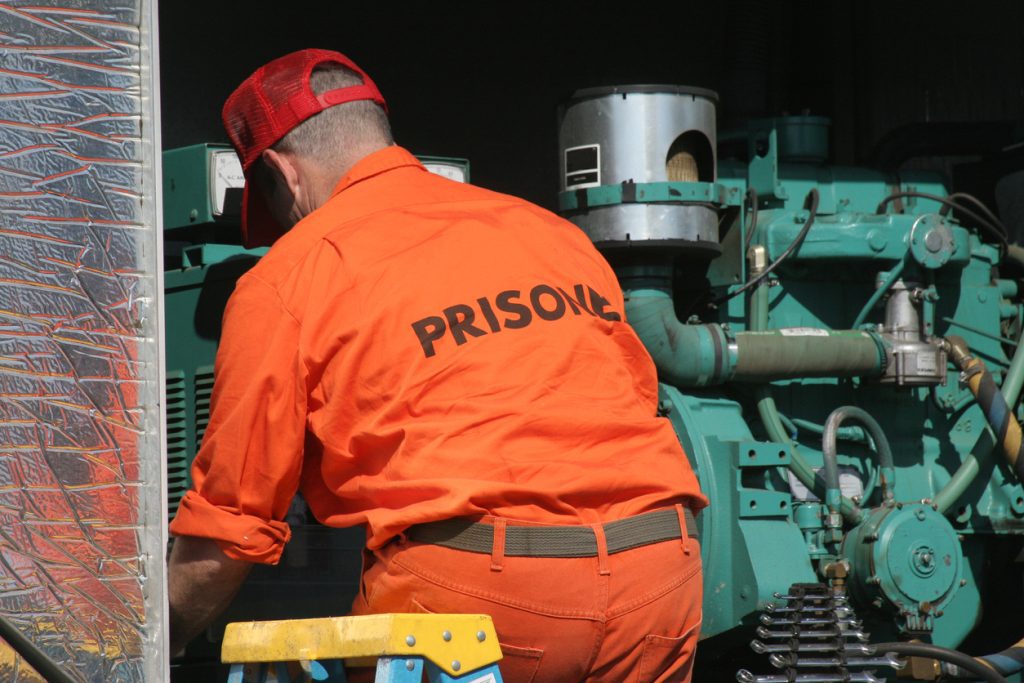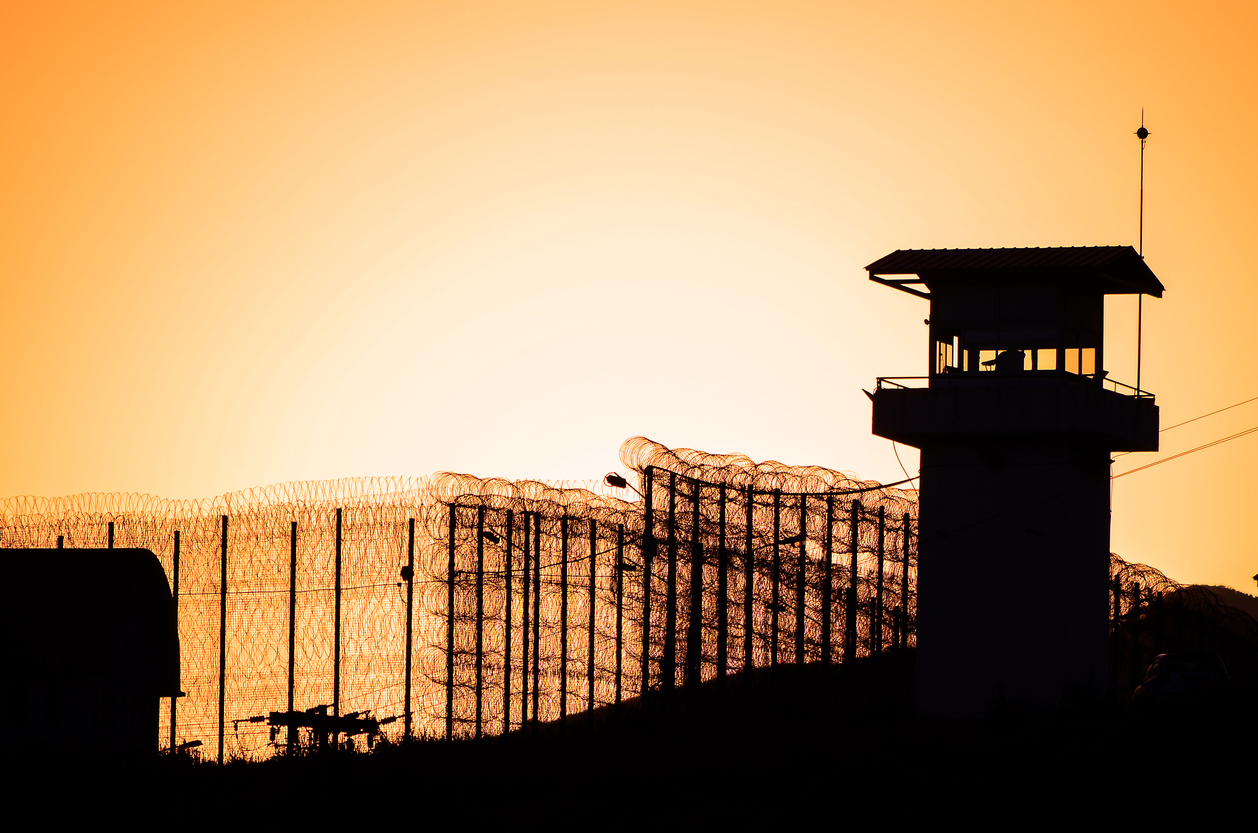There are approximately 2.3 million incarcerated people in the United States. Roughly 55% of those people work in prison. In fact, the Bureau of Prisons even requires that federal prisoners work during their sentences.
Prison work might involve the prison’s day-to-day operations. Examples include food service, laundry work and groundskeeping. But it could also involve outside services. Recent examples of this include making hand sanitizer and masks during the COVID-19 pandemic and fighting California’s wildfires.
But what workplace protections exist to protect incarcerated workers? The answer is a disappointing one: not much.
Does the 13th Amendment provide any protections?
No. Section 1 of the 13th Amendment to the U.S. Constitution states as follows: “Neither slavery nor involuntary servitude, except as a punishment for crime whereof the party shall have been duly convicted, shall exist within the United States, or any place subject to their jurisdiction.”
The amendment’s sole exception — “except as a punishment for crime whereof the party shall have been duly convicted” — applies to incarcerated people. So, although the 13th Amendment officially abolishes slavery, it still allows it “as a punishment for crime….”
If this surprises you, you’re not alone. Americans don’t often talk about it. But our constitution expressly allows slavery for incarcerated people.
Do OSHA and Fair Labor Standards Act standards apply?
Not really. The Occupational Safety and Health Administration (OSHA), which is part of the U.S. Department of Labor, protects workers. It requires that employers provide a safe and healthy workplace for all workers. But there is one exception: incarcerated workers.
OSHA explained this in a public letter from someone in prison in the early 1990s. A Colorado prisoner wrote OSHA after prison officials forced him and and other prisoners to use hazardous chemicals to clean ovens without any training. But, OSHA said, there was nothing it could do.
“The definition of an ’employer’ under Section 3(5) of the Occupational Safety and Health Act specifically excludes a State or any political subdivision of a State from coverage under the OSHA Act,” OSHA’s Director wrote. “Therefore, OSHA does not have jurisdiction over the State of Colorado or its employees, including inmates in correctional institutions, either paid or nonpaid.”

Unlike OSHA, the Fair Labor Standards Act doesn’t expressly exclude incarcerated workers from its workplace protections. However, numerous court decisions (like this one, for example) have held that incarcerated workers are not “employees” under the law that establishes wage and overtime standards.
Similarly, the National Labor Relations Act also does not apply to incarcerated workers. In essence, this means that incarcerated workers cannot form a union.
The Takeaway:
In the U.S., the government forces federal prisoners to work — even against their own will. If this sounds like slavery, that’s because it is. The U.S. Constitution specifically allows slavery for incarcerated people. While Congress has passed a number of workplace protections over the past few decades, those don’t protect incarcerated people either.
The Brennan Center for Justice’s Lauren-Brooke Eisen accurately described this problem in a 2020 article. She described prison work as “not far off from the devaluation and brutalization of slave labor that was ostensibly abandoned a century and a half ago.”






